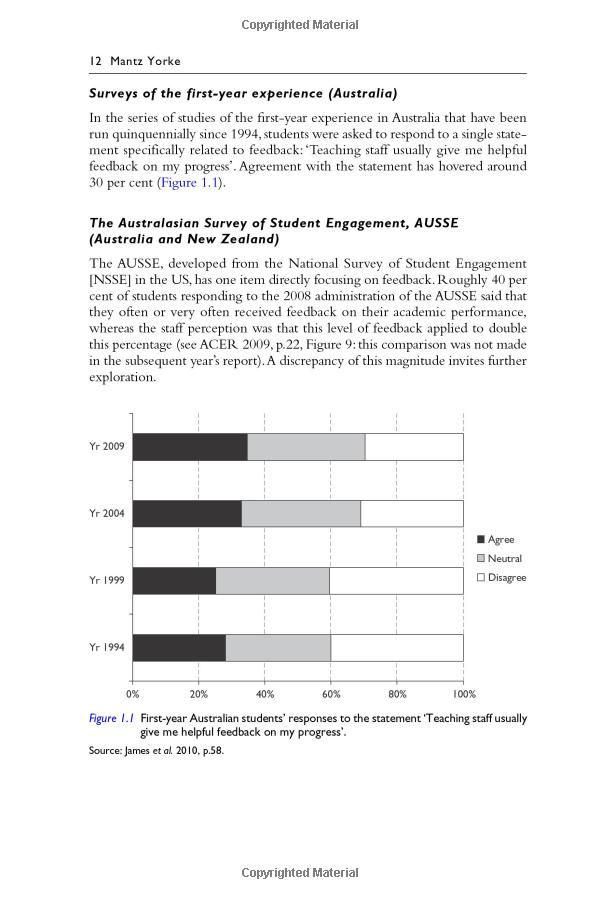"Understanding the Impact of New Loan Forgiveness Programs on Student Debt Relief"
#### New Loan ForgivenessIn recent years, the financial landscape for borrowers has shifted dramatically, particularly for those burdened by student loans……
#### New Loan Forgiveness
In recent years, the financial landscape for borrowers has shifted dramatically, particularly for those burdened by student loans. The introduction of new loan forgiveness programs has sparked significant interest and debate among borrowers, policymakers, and financial experts alike. These initiatives aim to alleviate the financial strain on individuals who have invested in their education but find themselves overwhelmed by debt.
#### The Importance of Loan Forgiveness
Loan forgiveness programs are crucial for many borrowers, especially in the context of rising tuition costs and an increasingly competitive job market. For countless graduates, the weight of student loans can hinder their ability to pursue their career goals, buy homes, or save for the future. The new loan forgiveness initiatives are designed to provide relief, offering a path to financial freedom for those who qualify.

#### Eligibility Criteria
Understanding the eligibility criteria for new loan forgiveness programs is essential for borrowers seeking relief. Generally, these programs are aimed at individuals who have made consistent payments over a specified period, often 10 to 20 years, depending on the program. Additionally, borrowers may need to work in public service or non-profit sectors to qualify for certain forgiveness options. It is crucial for borrowers to stay informed about the specific requirements of each program to maximize their chances of receiving forgiveness.
#### Types of Loan Forgiveness Programs
There are several types of new loan forgiveness programs available, each catering to different groups of borrowers. For example, the Public Service Loan Forgiveness (PSLF) program is designed for individuals employed in government or non-profit organizations. Similarly, there are income-driven repayment plans that offer forgiveness after a set number of payments based on the borrower's income level. Understanding these options can help borrowers make informed decisions about their repayment strategies.

#### The Application Process
Navigating the application process for new loan forgiveness can be daunting. Borrowers must ensure they have all necessary documentation, including proof of employment, payment history, and any other required information. It is advisable to maintain organized records and seek assistance from financial advisors or student loan counselors if needed. Being proactive and thorough in the application process can significantly increase the likelihood of securing loan forgiveness.
#### The Future of Loan Forgiveness
The landscape of student loan forgiveness is continually evolving. As public awareness grows and advocacy for borrowers intensifies, it is likely that more new loan forgiveness programs will emerge. Policymakers are increasingly recognizing the need for comprehensive solutions to the student debt crisis, and borrowers must stay informed about potential changes that could impact their financial futures.

In conclusion, the new loan forgiveness programs represent a vital opportunity for borrowers seeking relief from student debt. By understanding the various options available, eligibility criteria, and application processes, individuals can take proactive steps toward financial freedom. As the conversation around student loans and forgiveness continues, it is essential for borrowers to remain engaged and informed to navigate this complex landscape successfully.